Can Maserati modernise or is the sun setting on one of Italy’s most beloved automotive brands?
Maserati’s GranTurismo Folgore is an epic electric grand tourer without equal. If only its traditionalist customers wanted it more
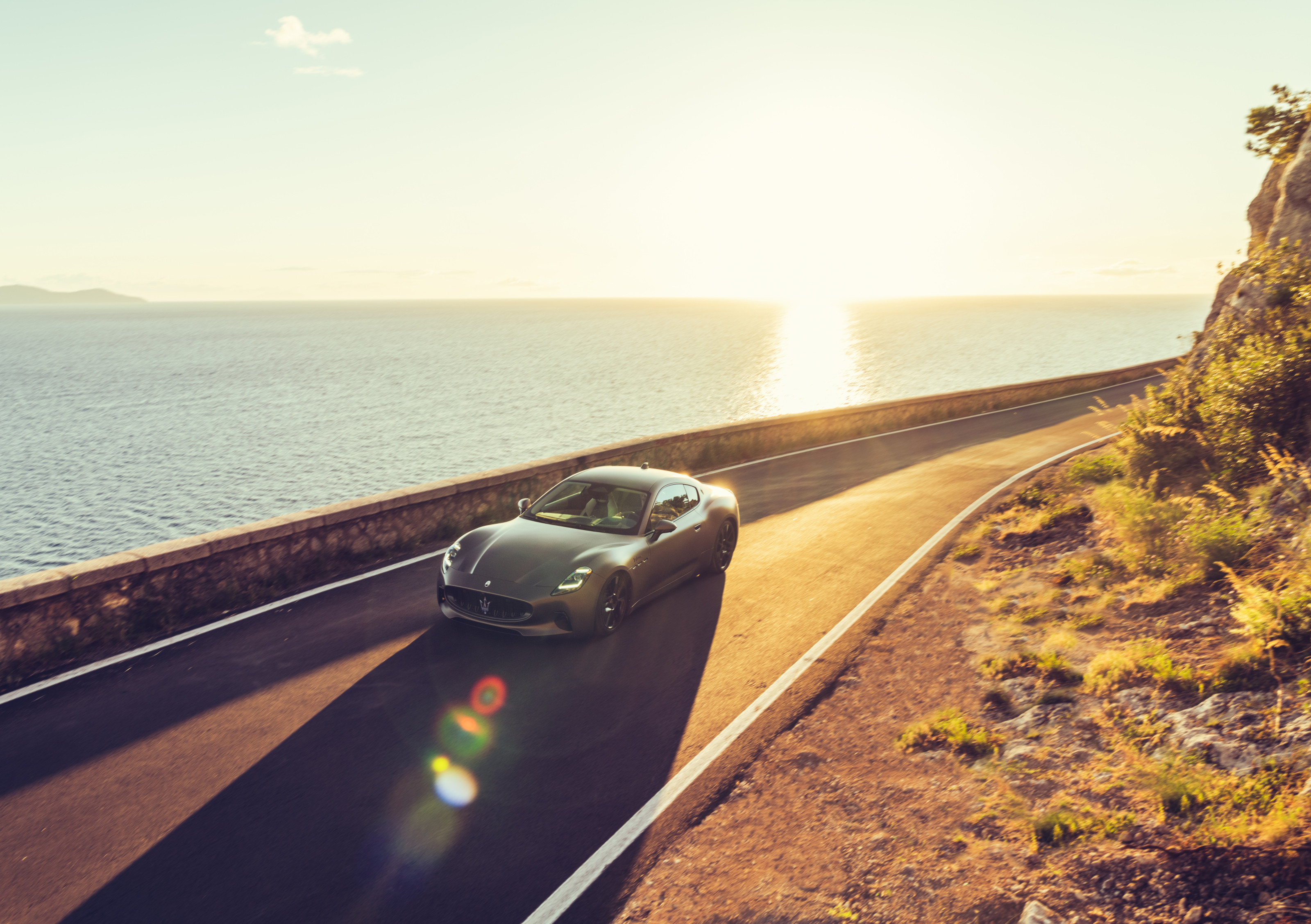
The latest iteration of the Maserati GranTurismo is the very best contemporary encapsulation of the company’s ethos, even in fully electric form. We’ve sampled the latter and set out our thoughts for the storied Italian luxury sports car maker’s future.

Maserati GranTurismo Folgore
First things first. The GranTurismo Folgore is one of the most desirable – both visually and dynamically – electric cars available today. Before we even get onto the powertrain, consider the proportions. In our view, the new GranTurismo makes good the aesthetic promises of its predecessor, a Pininfarina-designed coupé that – in our opinion – thought it was rather more handsome than it actually was.
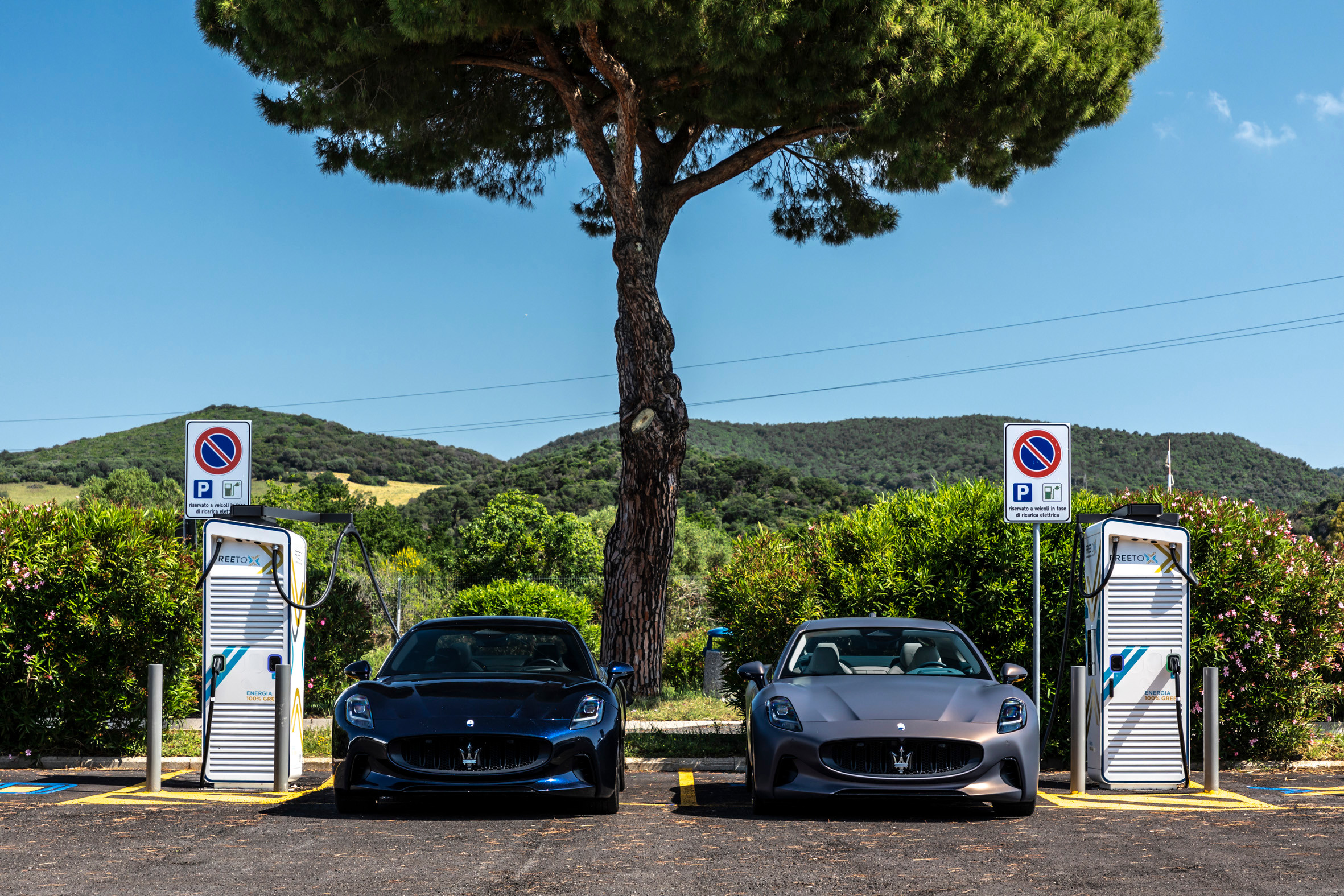
Fast charger: Maserati GranTurismo Folgore
The new car is really rather ravishing, inside and out. Where the old car had a yawning maw of a grille, the new one is far more delicate oval, flanked by two air intakes. The headlights set up a refined line that flows back along the haunches and terminates in a neatly finished rear end, with just the faintest hint of an integral spoiler and wraparound taillights that don’t overwhelm the whole ensemble.
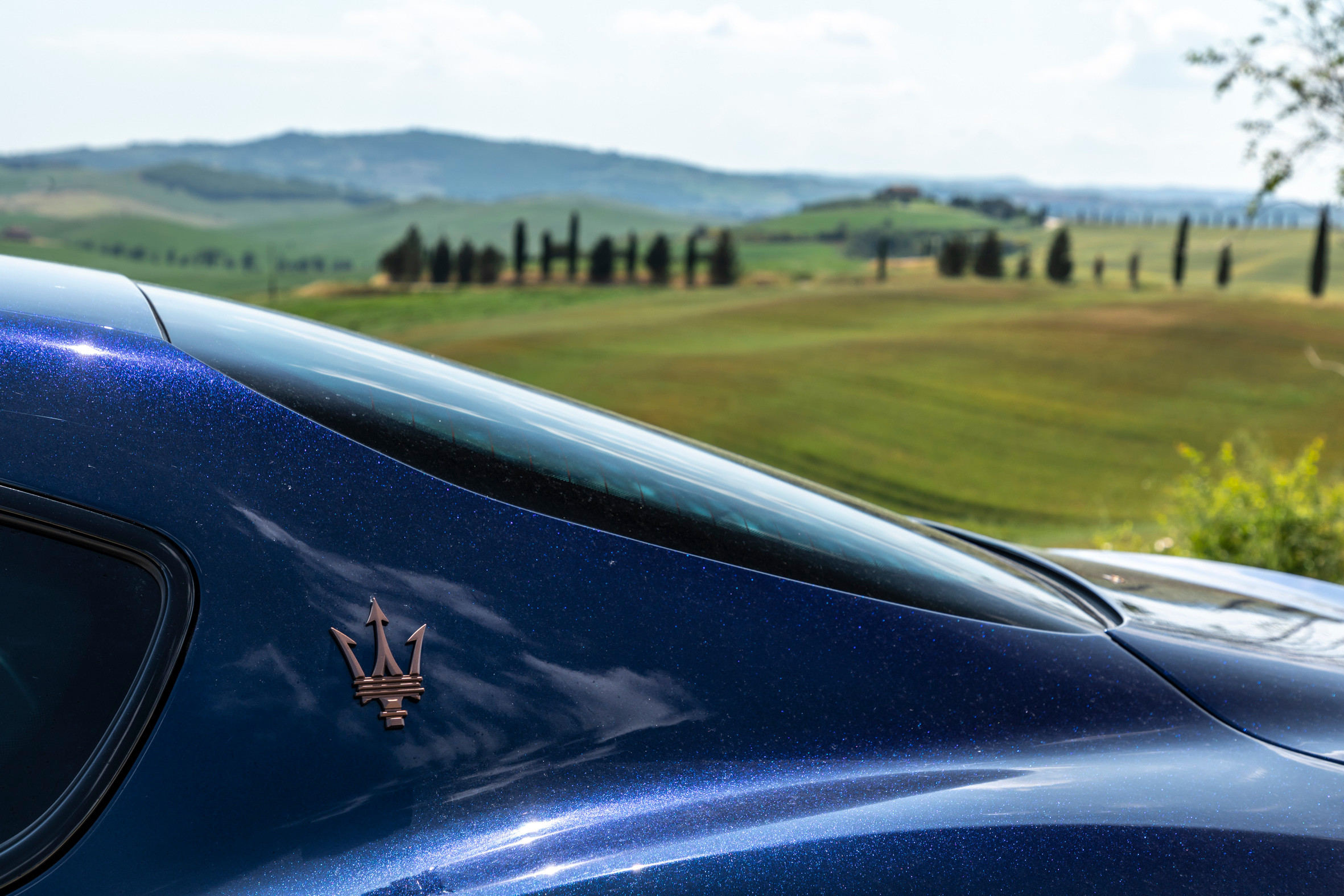
Maserati GranTurismo Folgore
Inside, it’s a similar story of a fine bone structure that’s been expertly trimmed and executed. The jazzier blue and white trim interior shown here is from the cars built to celebrate Maserati’s 110th anniversary – suffice to say you can be far more discrete. Our primary quibble is an over-reliance on touch screen controls and the disappointingly quotidian drive selector buttons – even though it’s an EV, surely these could have been made a bit more special?
It's also worth acknowledging the interior space; the GranTurismo is a true four-seater, capable of hauling four fully grown adults and their luggage, which is more than one can say for some of its alleged four-seater rivals.
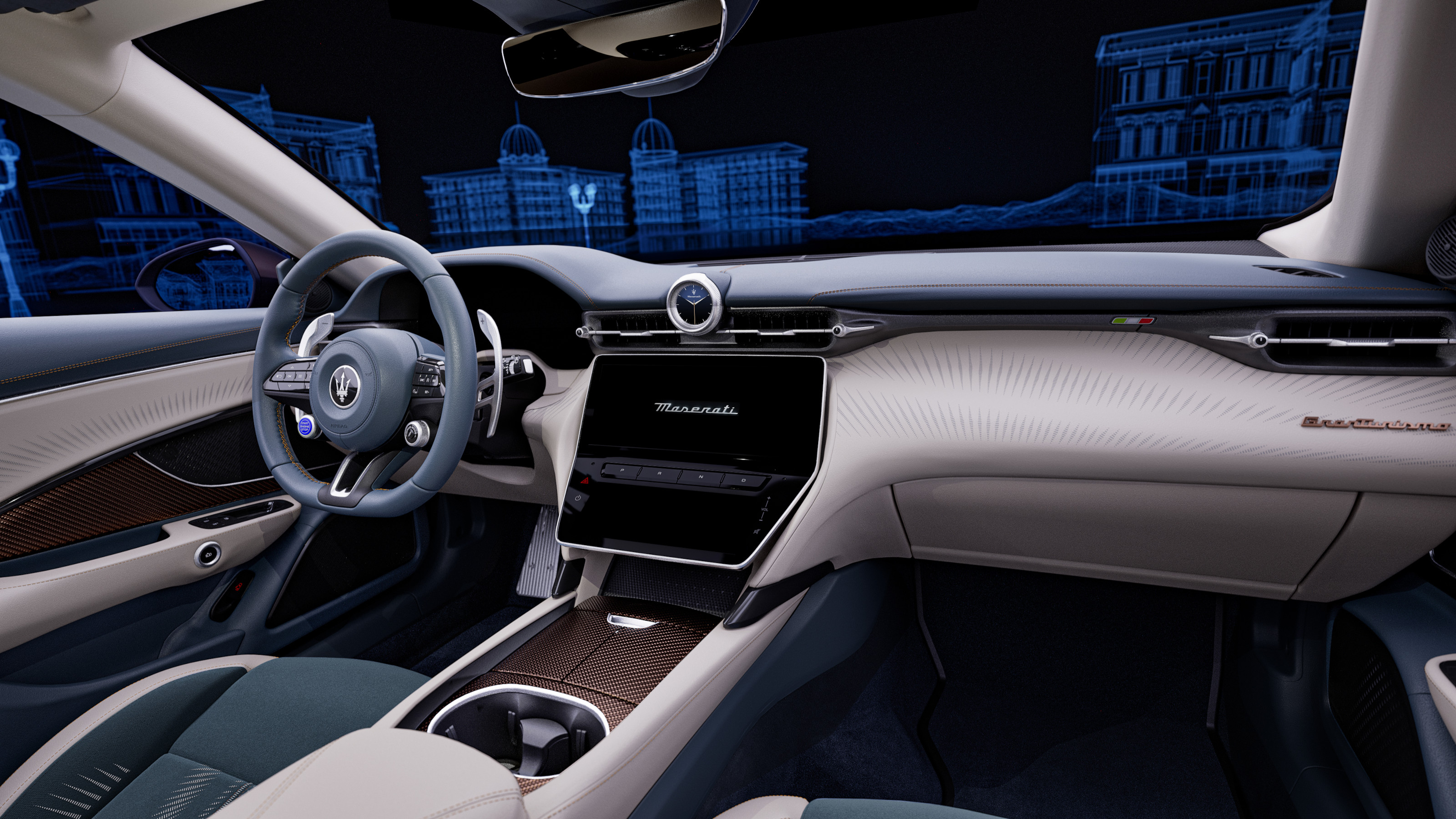
Maserati GranTurismo Folgore 110th anniversary edition
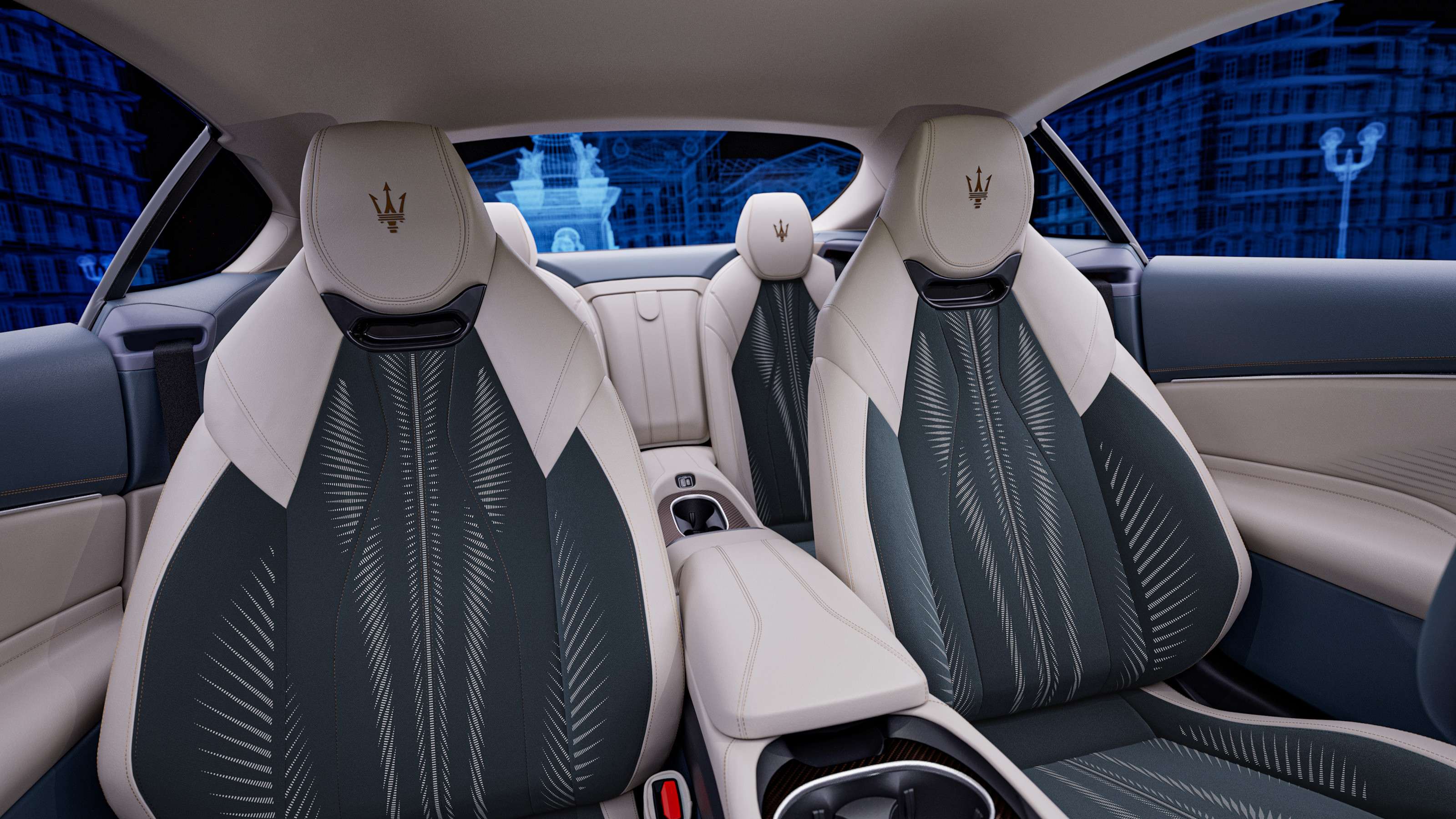
Maserati GranTurismo Folgore 110th anniversary edition
The EV powertrain is also a good match for the GranTurismo’s character, with that familiar effortless boost on tap and an ability to cruise almost silently at speed. The car's substantial 2,260kg weight is well concealed by the suspension and the steering is also crisp and direct. A 2.7 second sprint time to 60mph would once have been utterly remarkable but is now par for the course for performance-focused EVs. The top speed of 202 mph is more impressive, despite its real-world unattainability (and ability to annihilate the battery charge).
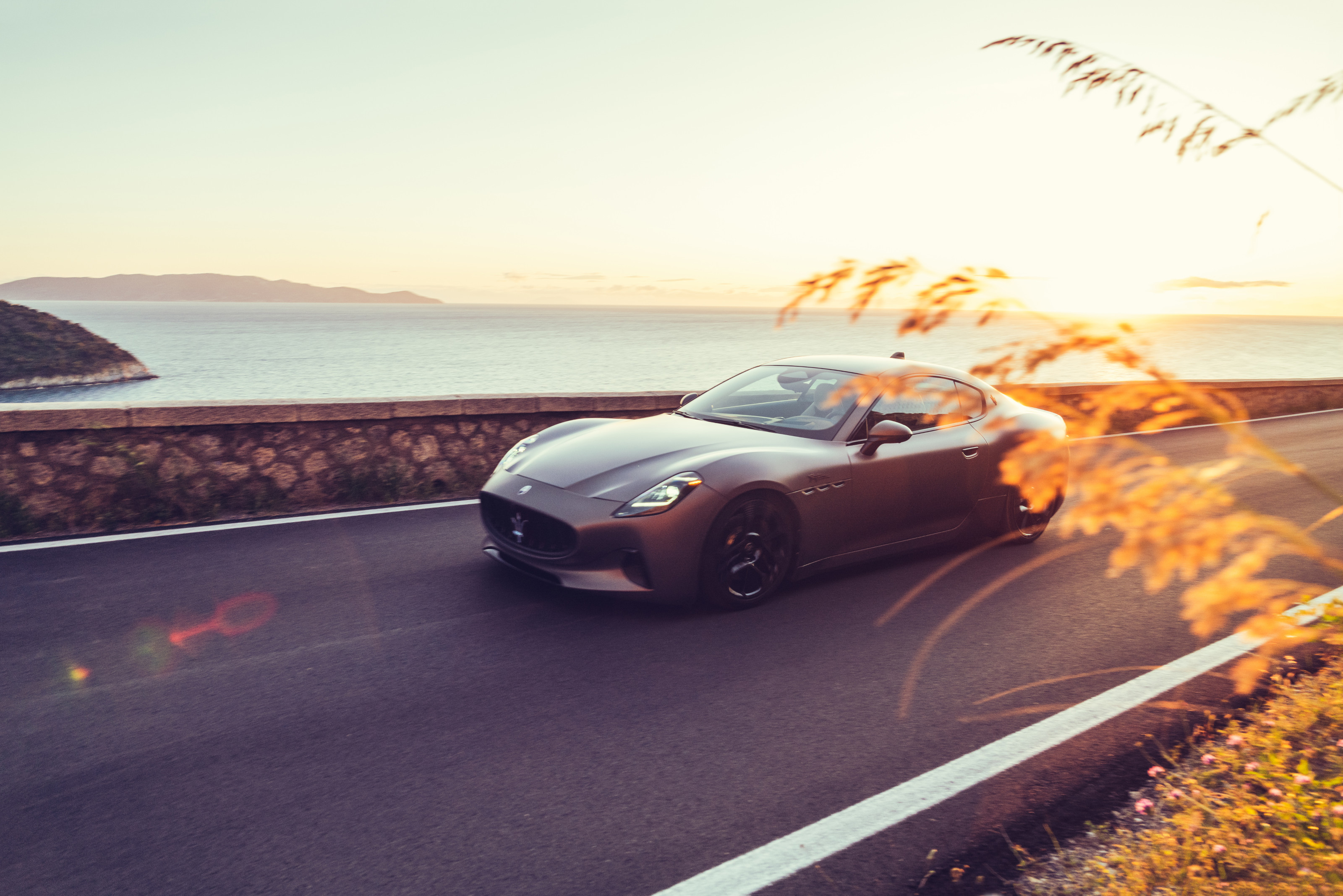
Maserati GranTurismo Folgore
All this electric power is deployed smoothly and with great sophistication – all the more impressive when you consider the car is physically identical to its V6-powered sibling. However, the other big drawback is range. Officially, the car will achieve 280 miles, but that assumes a 100% charge, a hot day with no aircon and a featherweight touch on the throttle.
Wallpaper* Newsletter
Receive our daily digest of inspiration, escapism and design stories from around the world direct to your inbox.
In reality, if you were to drive this car as it was intended, you’ll struggle to see 200 miles, hardly the stuff of long-legged, continent-crossing grand tour action. True, it charges rapidly at up to 270kW, but the trade-off is acute especially when compared to EVs that are a fraction of the price. Another sobering stat is the starting price of the electric GranTurismo versus its ICE equivalent; £178,560 to £125,355. And that’s before you’ve dipped into the bespoke options.
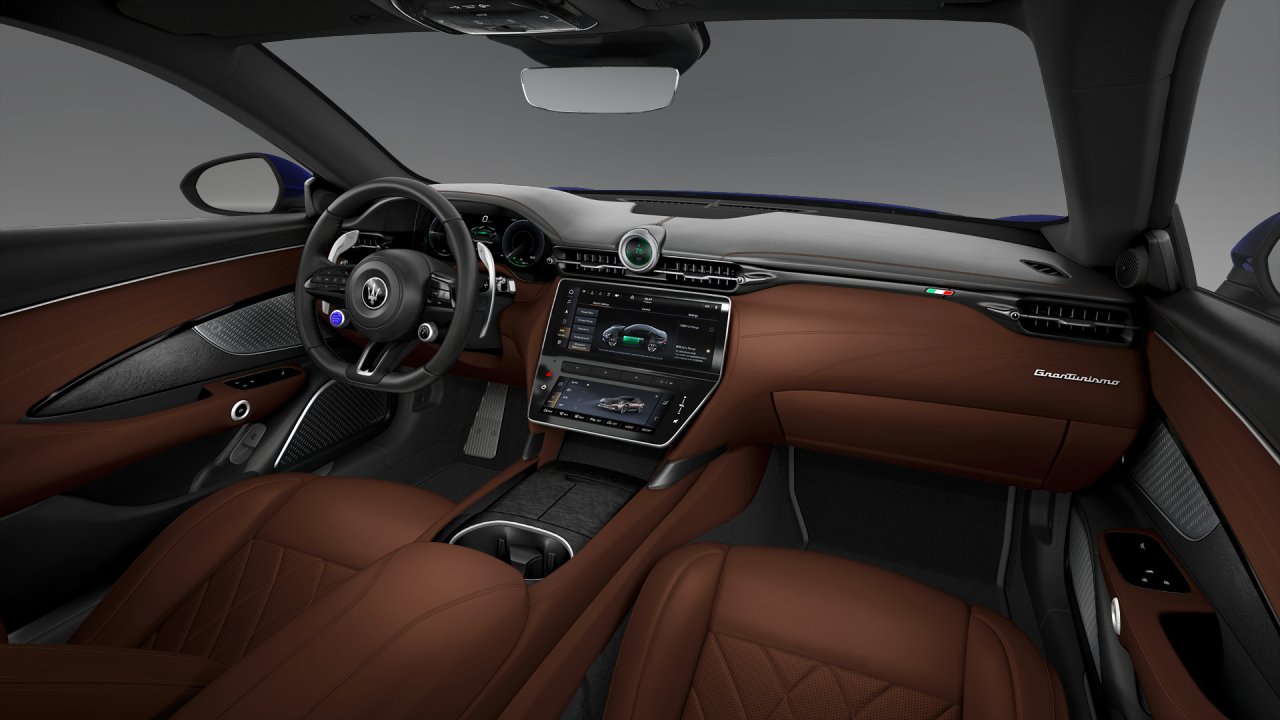
A more sober spec: Maserati GranTurismo Folgore
What next for the Trident?
If you believe what you read in some quarters, Maserati is on corporate life support. The company has always been an outlier, a prestige marque that muddled by thanks to a combination of stunning, highly desirable machinery and big name clients, supported by a revolving door of behind-the-scenes partnerships and ownership structures. Since 2021 Maserati has been part of Stellantis, the odd one out in a merger of premium and mass-market names that span continents of culture and centuries of heritage.
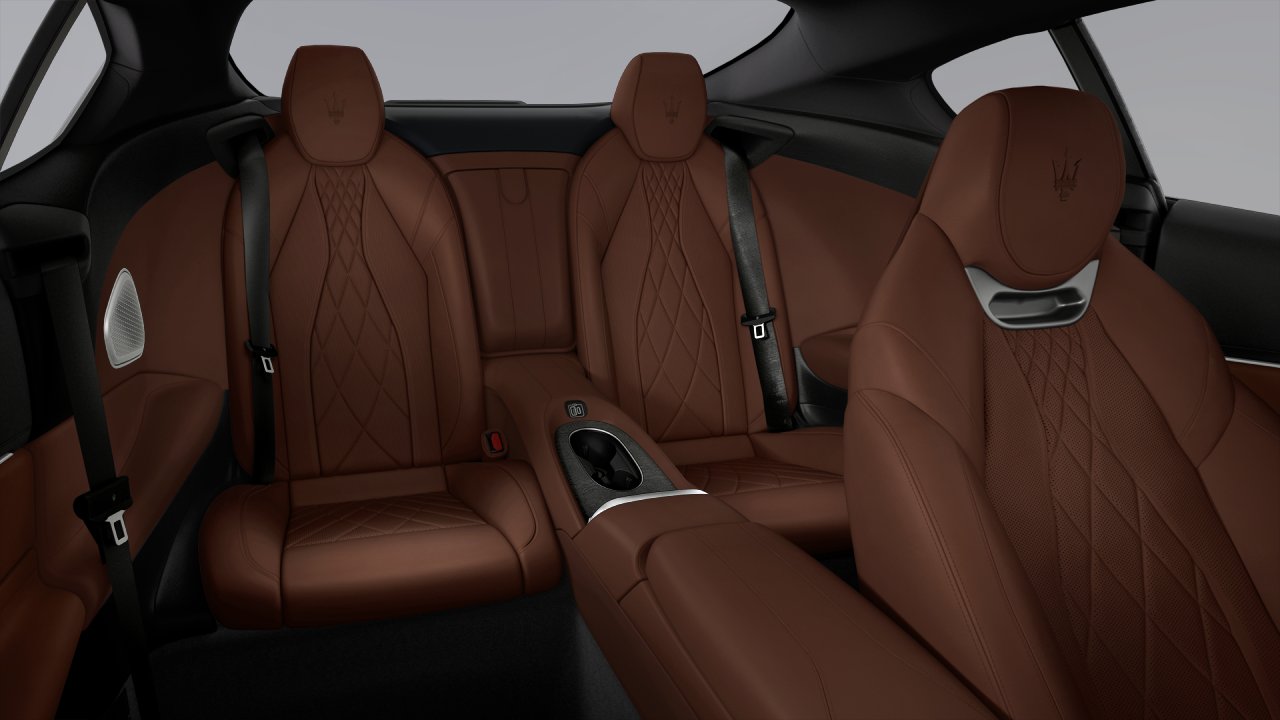
A genuine four-seater: Maserati GranTurismo Folgore
Theoretically, Maserati sits at the top of the Stellantis tree, a luxury brand that trumps the conglomerate’s three premium nameplates (Alfa Romeo, DS and Lancia), and easily bests the status of the other siblings, Abarth, Citroën, Fiat, Opel, Peugeot, Jeep, Chrysler, Dodge, and Ram. What it hasn’t managed to do is equal any of them in terms of commercial success. Alongside Maserati, which haemorrhaged around half of its sales in 2024, Alfa is also on a downwards trajectory.
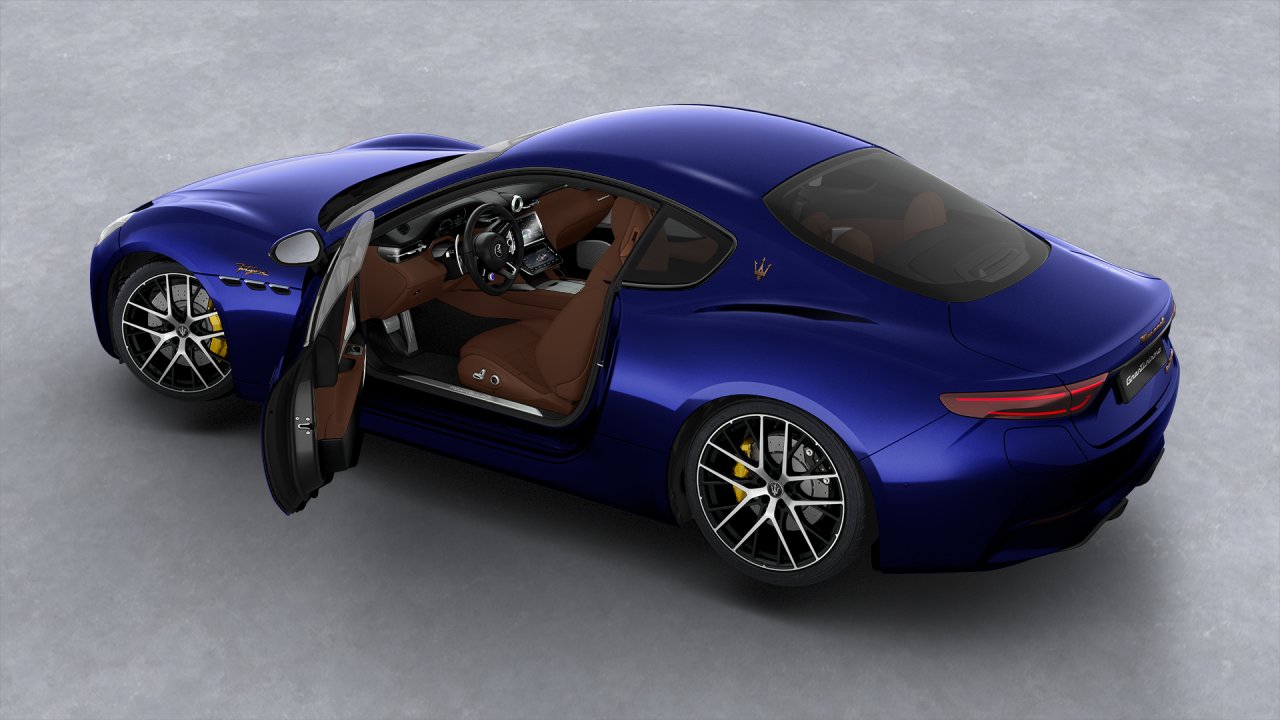
Maserati GranTurismo Folgore
In recent years, both companies have come to depend on small and medium SUVs, models which can’t quite carry off the lustre of their heritage and the association with elegance, sporting ability and the appeal of the grand tour. We’re thinking of cars like the Maserati Grecale and Alfa Romeo Stelvio and even the sprightly Alfa Junior (launched as the Milano until the city complained because the car is built in Poland, not Italy). None of these feel like they’re especially representative of their respective badges. Stellantis’s heavy emphasis on platform sharing further blunts their authenticity (the Alfa Junior shares its underpinning with the Jeep Avenger and Fiat 600, for example).

Maserati GranTurismo Folgore
At the same time, those projects which do represent a continuation of a long and admirable sporting and design history, such as the beautiful Alfa Romeo 33 Stradale and fantastic Maserati MC20, have not been nearly as successful as expected. The latter’s electrified variant was recently scrubbed from Maserati's future product roadmap, despite being close to production ready.
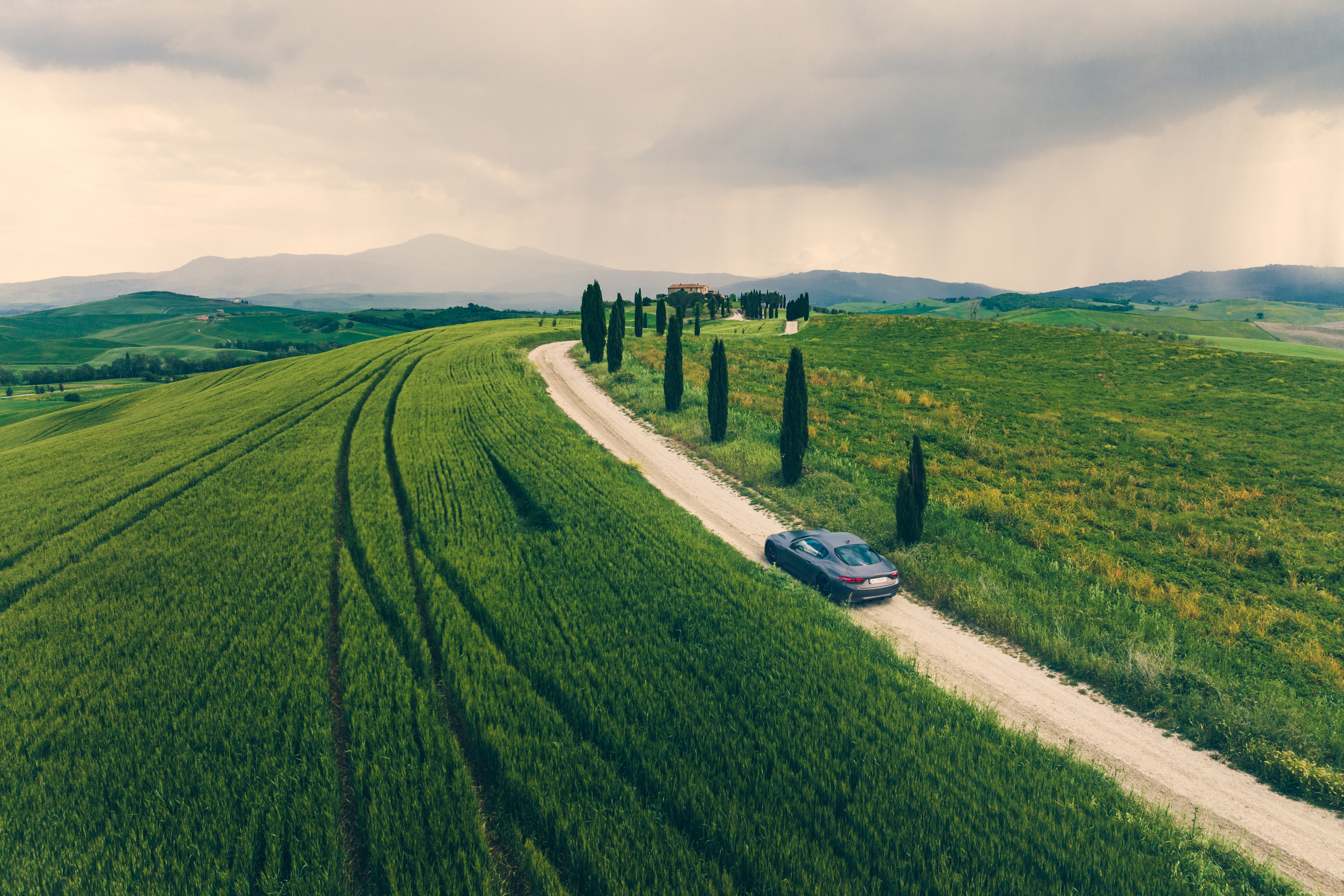
Maserati GranTurismo Folgore
Then there’s the trade wars. In amongst this decline in popularity is the unsettling fact that the USA is one of Maserati’s main markets. Should tariffs be slapped on top of the company’s already elevated prices, the survival of the Trident looks even more unlikely.
Rumour has it that Stellantis is casting about for suitable new owners for both brands. An obvious solution would be to sell to a company from a country with massive manufacturing capacity and huge EV tech capabilities but a notable dearth of heritage brands. That, however, would only serve to exacerbate the tariff conundrum.
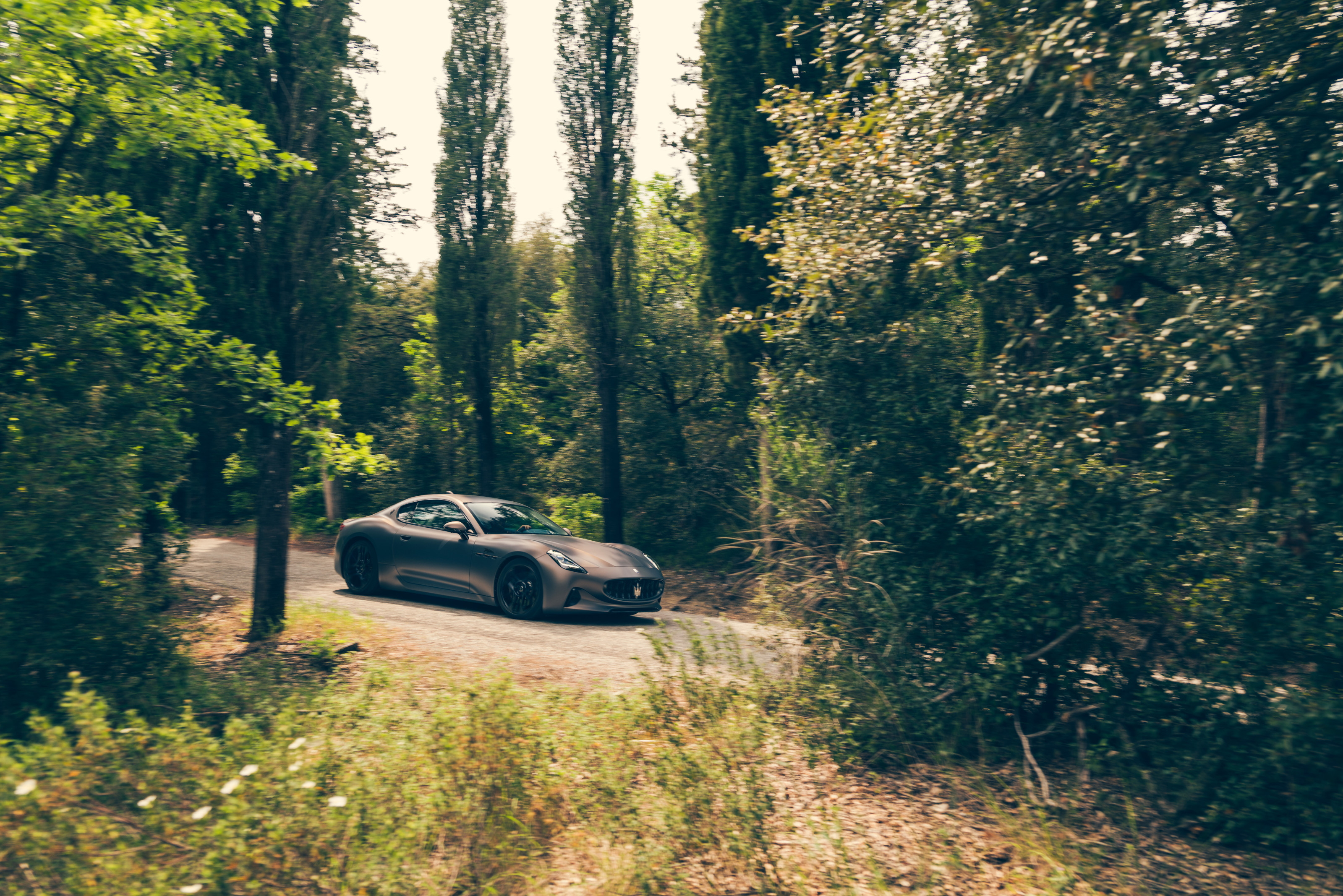
Maserati GranTurismo Folgore
How do we solve a problem like Maserati? Companies survive not just on their merits but on their ability to adapt and accommodate the machinations of the world around them. Although the GranTurismo proves that it’s still capable of creating the requisite magic, Maserati’s status as an icon of the effortlessly chic could well endure for longer than the company itself.
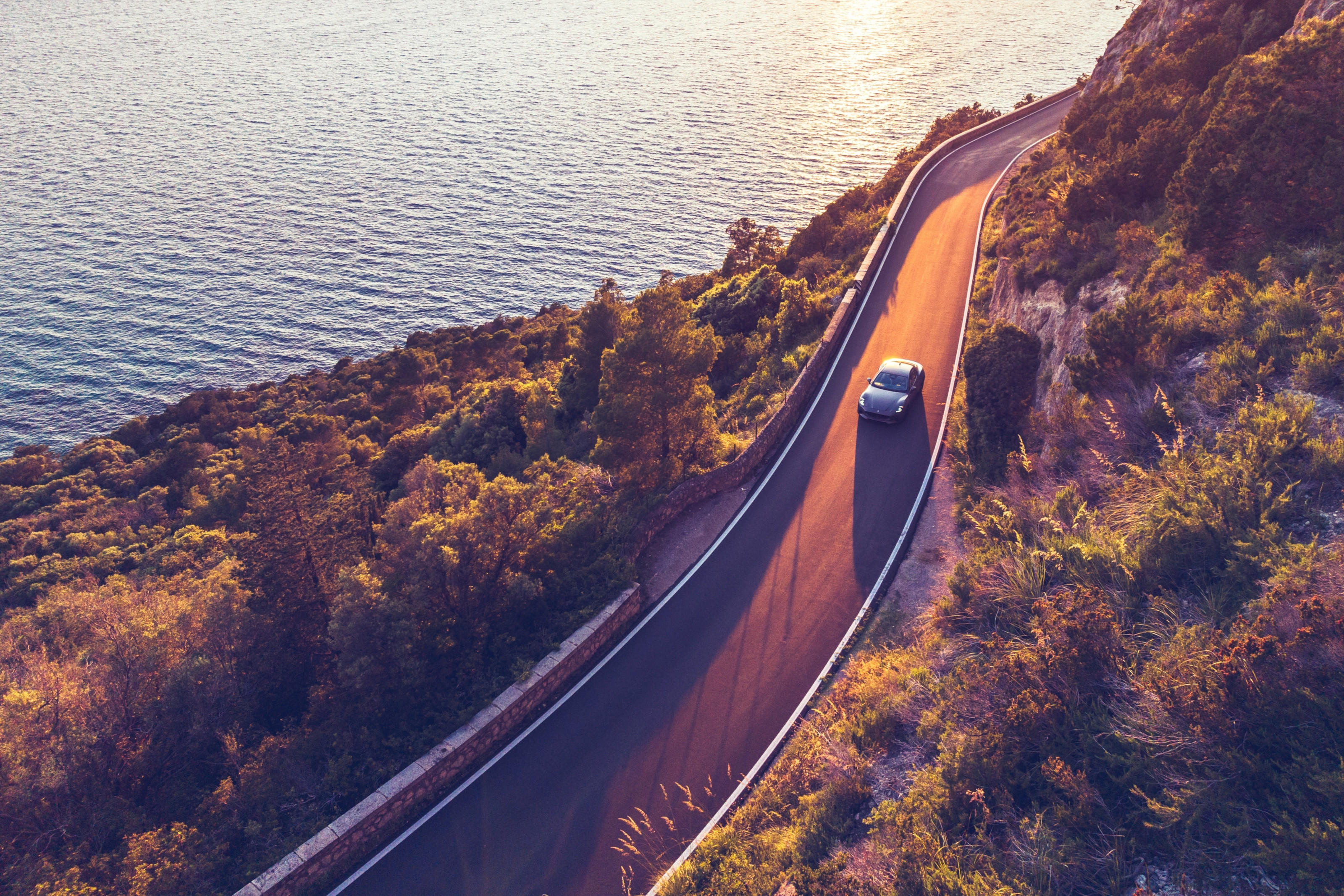
Maserati GranTurismo Folgore
Maserati GranTurismo Folgore, from £178,560, Maserati.com, @Maserati
Jonathan Bell has written for Wallpaper* magazine since 1999, covering everything from architecture and transport design to books, tech and graphic design. He is now the magazine’s Transport and Technology Editor. Jonathan has written and edited 15 books, including Concept Car Design, 21st Century House, and The New Modern House. He is also the host of Wallpaper’s first podcast.
-
 Viviane Sassen considers fine art, fashion photography and fragility in Italy
Viviane Sassen considers fine art, fashion photography and fragility in ItalyViviane Sassen’s exhibition, 'This Body Made of Stardus' at Collezione Maramotti, spans two decades off Sassen's career
By Hili Perlson
-
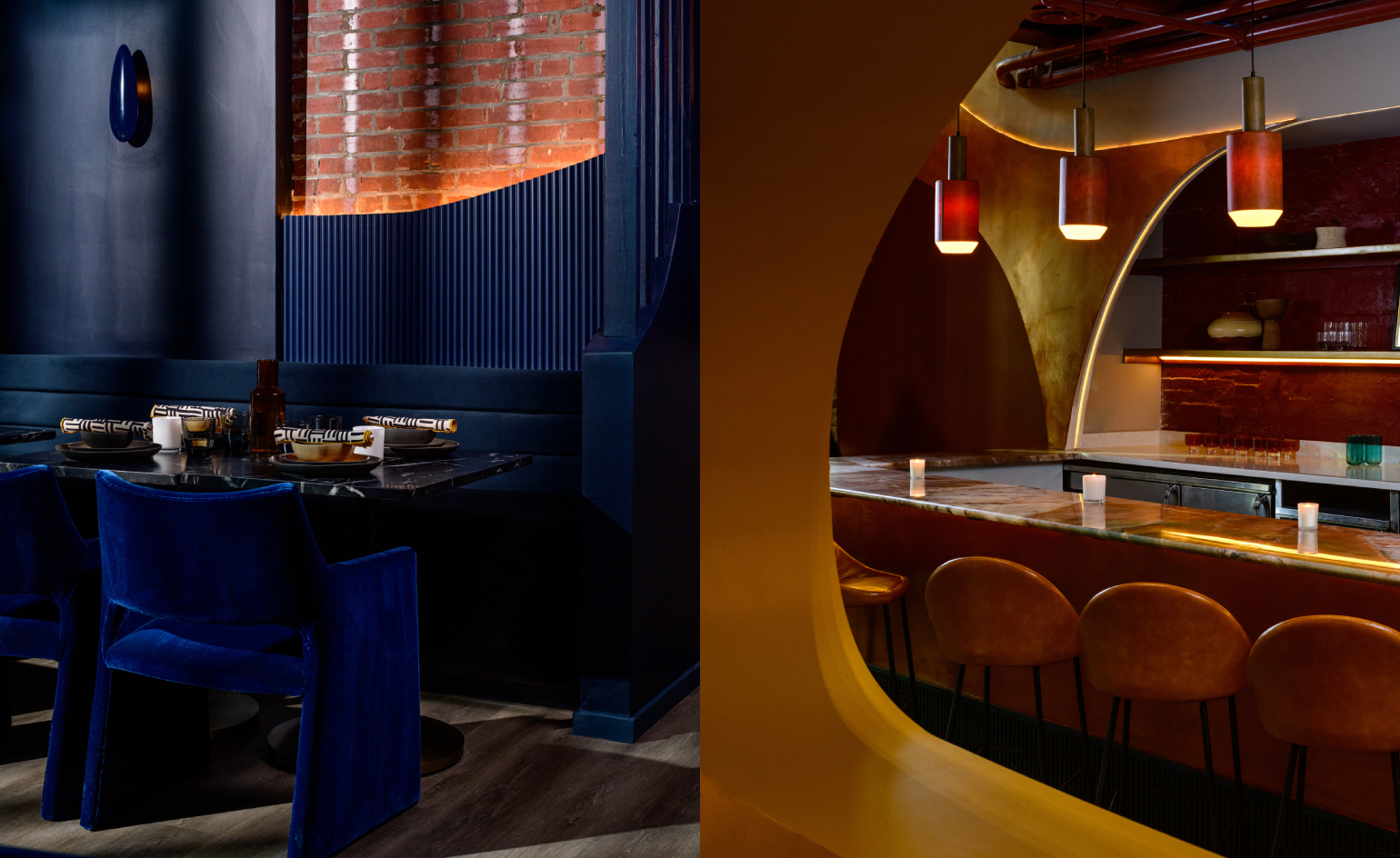 Ghanaian cuisine has a story to tell at Washington, DC restaurant Elmina
Ghanaian cuisine has a story to tell at Washington, DC restaurant ElminaThe new restaurant is chef Eric Adjepong’s colourful ode to the recipes he grew up loving
By Sofia de la Cruz
-
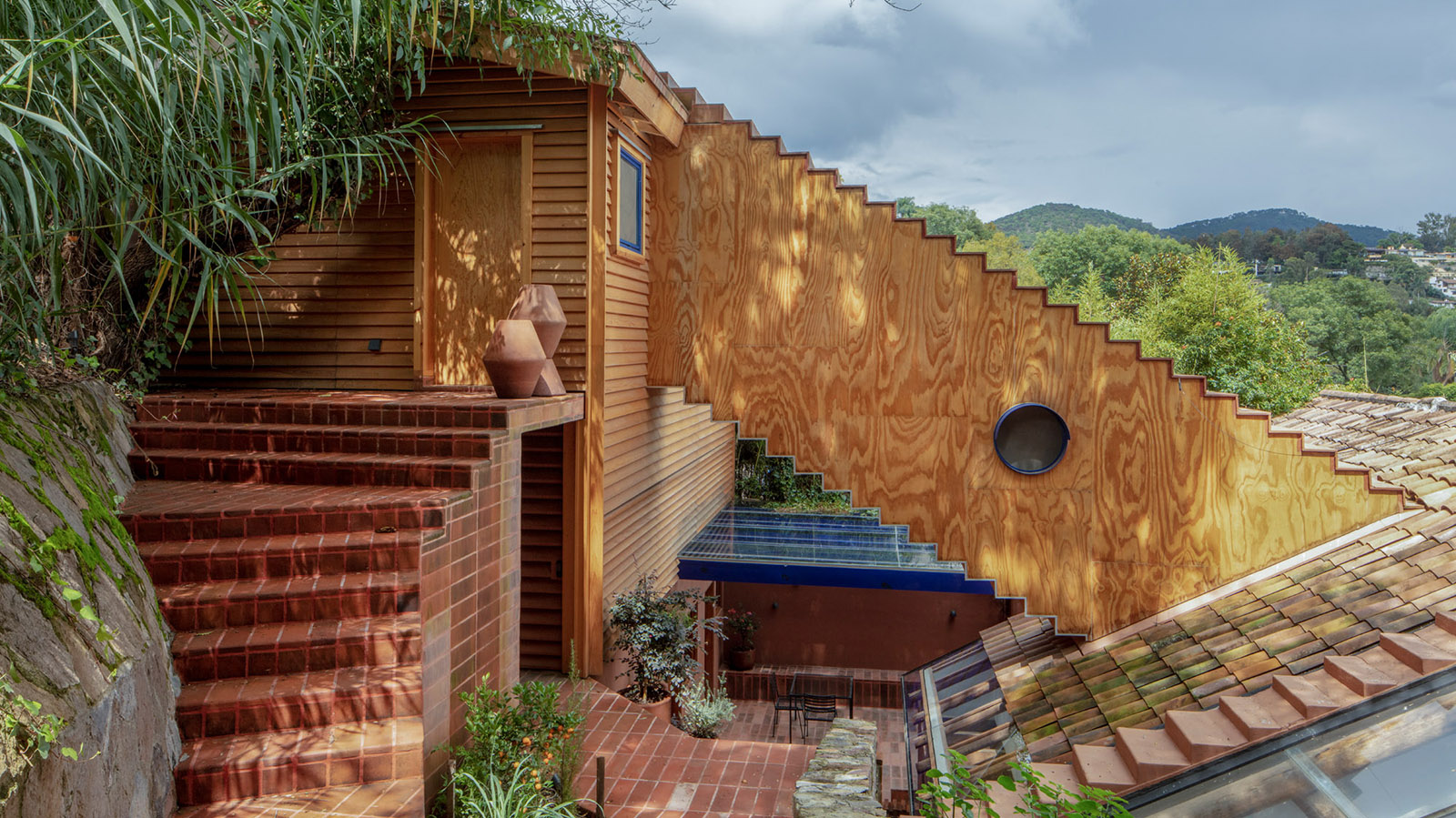 Pedro y Juana's take on architecture: 'We want to level the playing field’
Pedro y Juana's take on architecture: 'We want to level the playing field’Mexico City-based architects Padro y Juana bring their transdisciplinary, participatory approach to the Mexico pavilion at the Venice Architecture Biennale 2025; find out more
By Ellie Stathaki
-
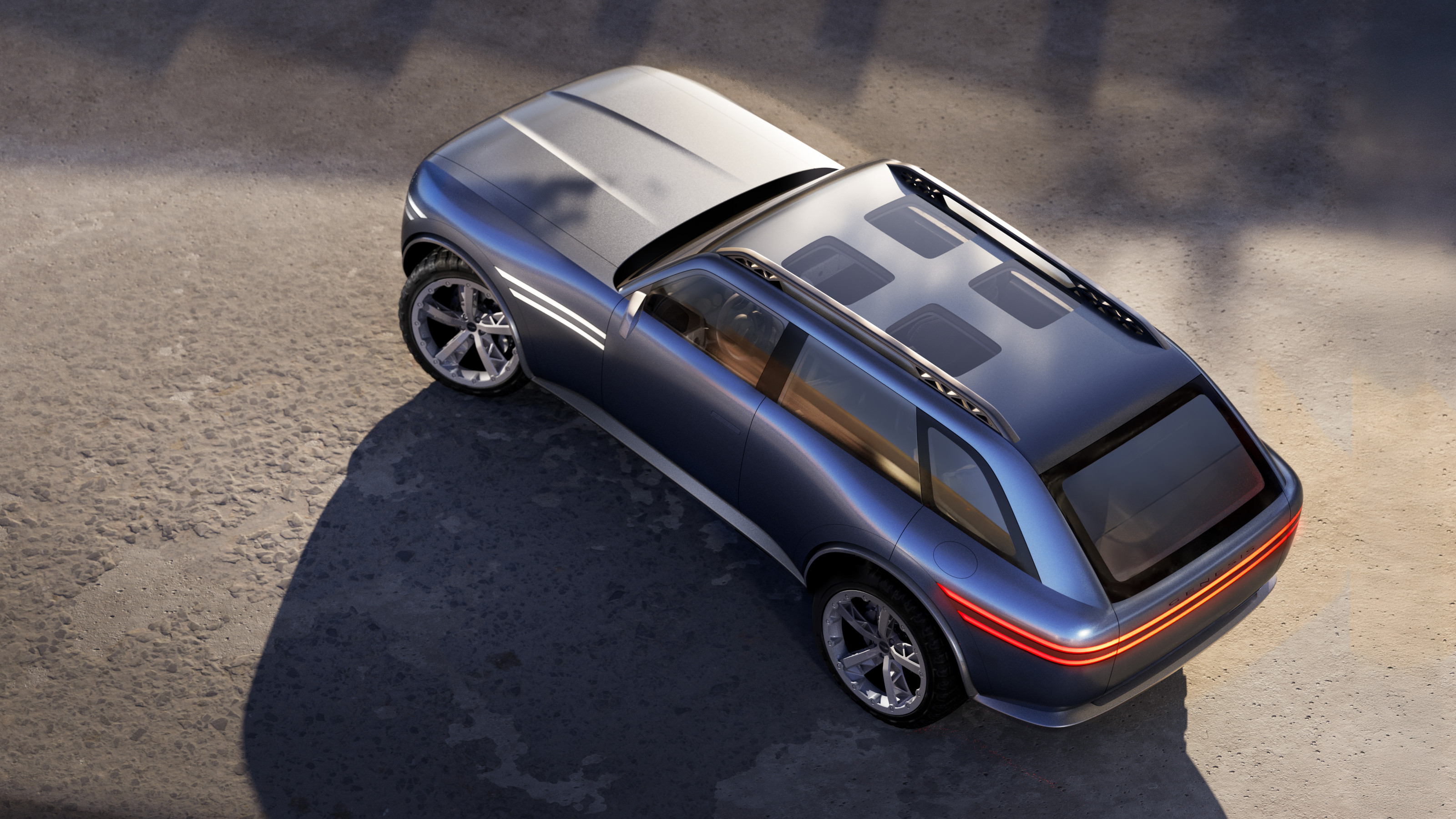 Our pick of the reveals at the 2025 New York Auto Show, from concept SUVs to new EVs
Our pick of the reveals at the 2025 New York Auto Show, from concept SUVs to new EVsInterest in overseas brands remained strong at this year’s NY Auto Show despite the threat of tariffs designed to boost American-owned brands
By Shawn Adams
-
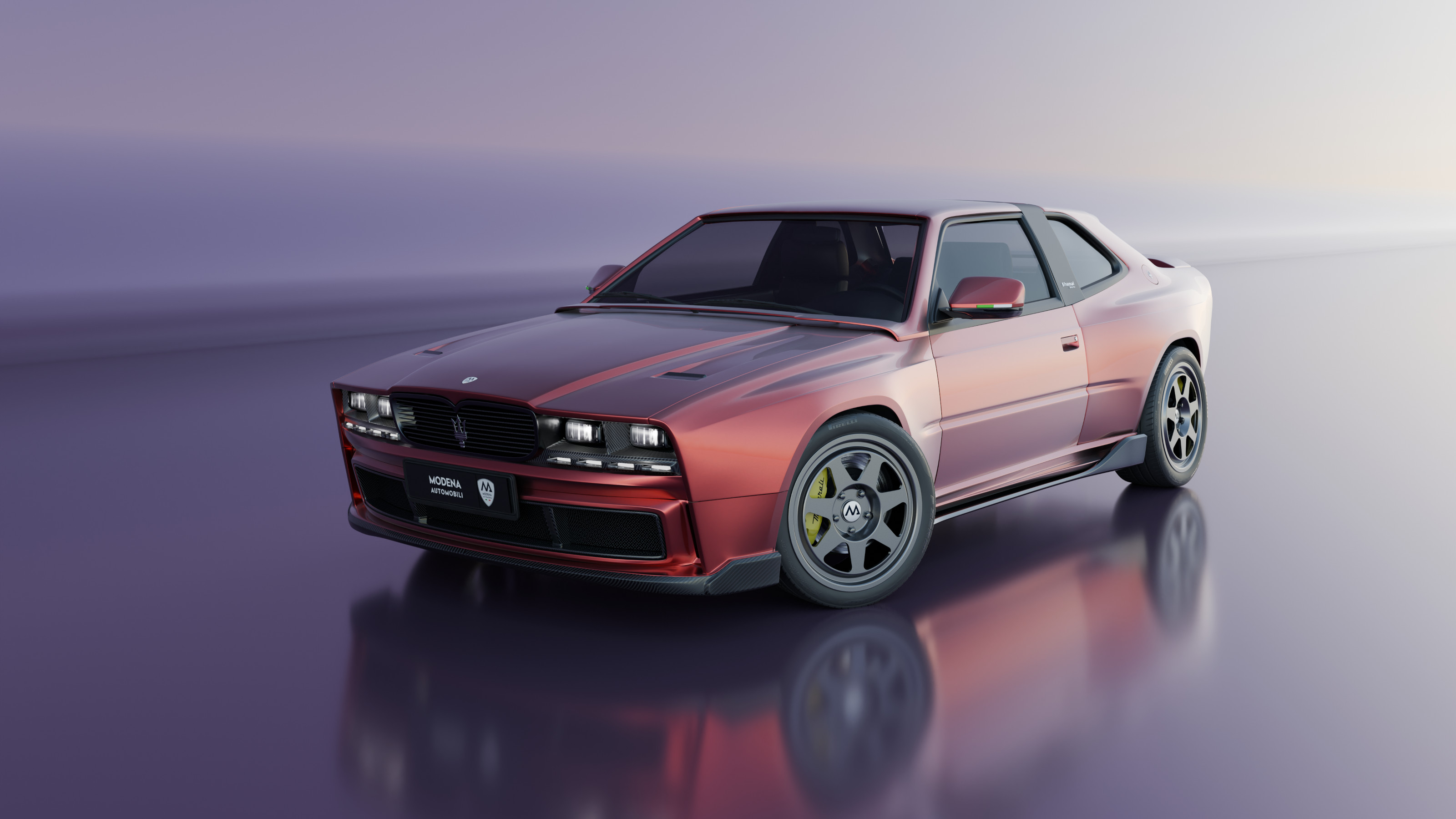 Modena Automobili transforms the 1990s-era Maserati Shamal into a cutting-edge restomod
Modena Automobili transforms the 1990s-era Maserati Shamal into a cutting-edge restomodThe MA-01 Maserati Biturbo Shamal gives Marcello Gandini’s iconic 1990s design a fresh lease of life, with uprated engineering, electronics and style
By Jonathan Bell
-
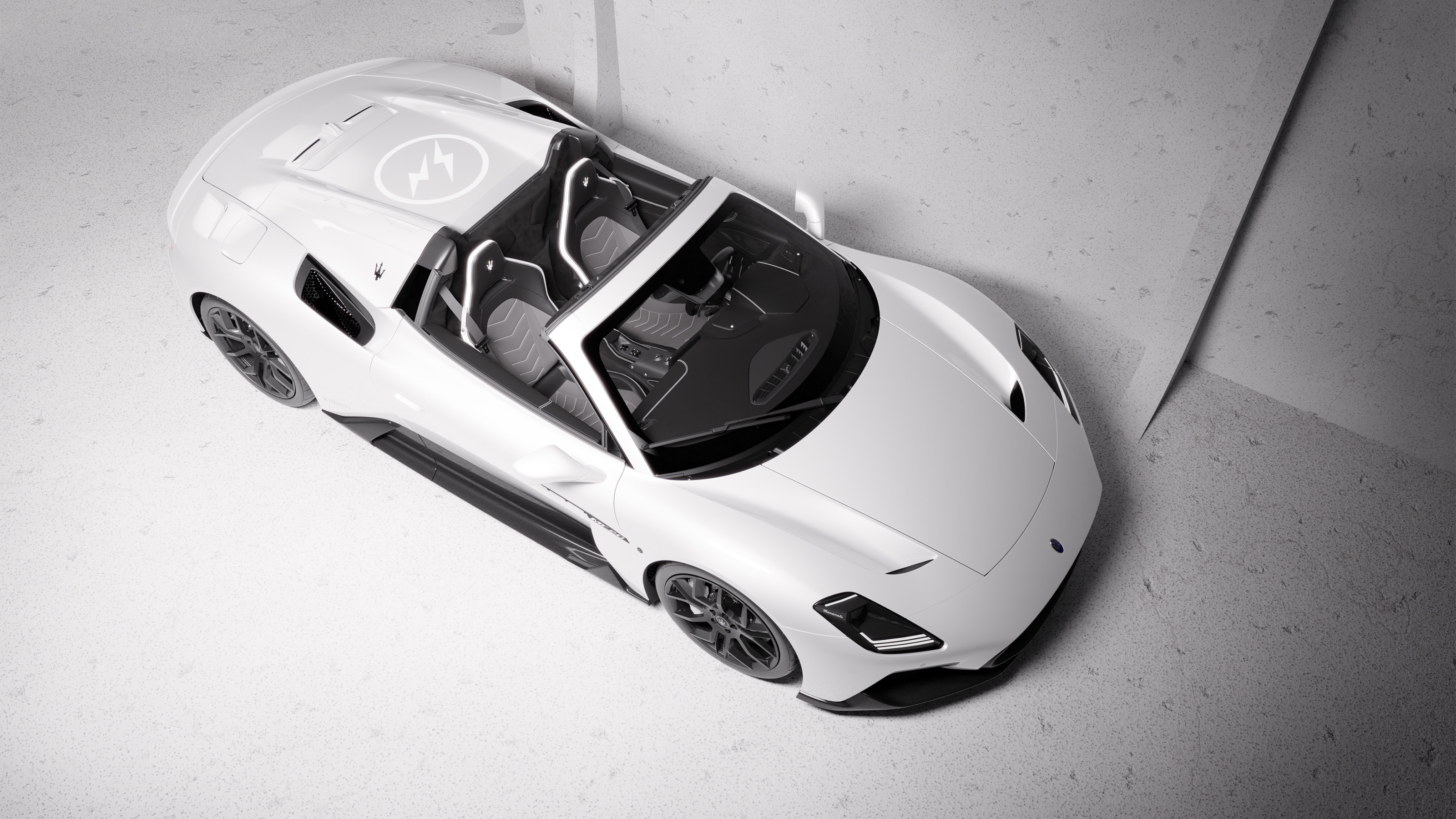 Maserati unveils the Fuoriserie By Hiroshi Fujiwara MC20 Cielo model
Maserati unveils the Fuoriserie By Hiroshi Fujiwara MC20 Cielo modelHiroshi Fujiwara, the so-called Godfather of Streetwear, lends his talents to Maserati’s in-house bespoke division, creating a stylish take on the company’s open-topped supercar
By Jonathan Bell
-
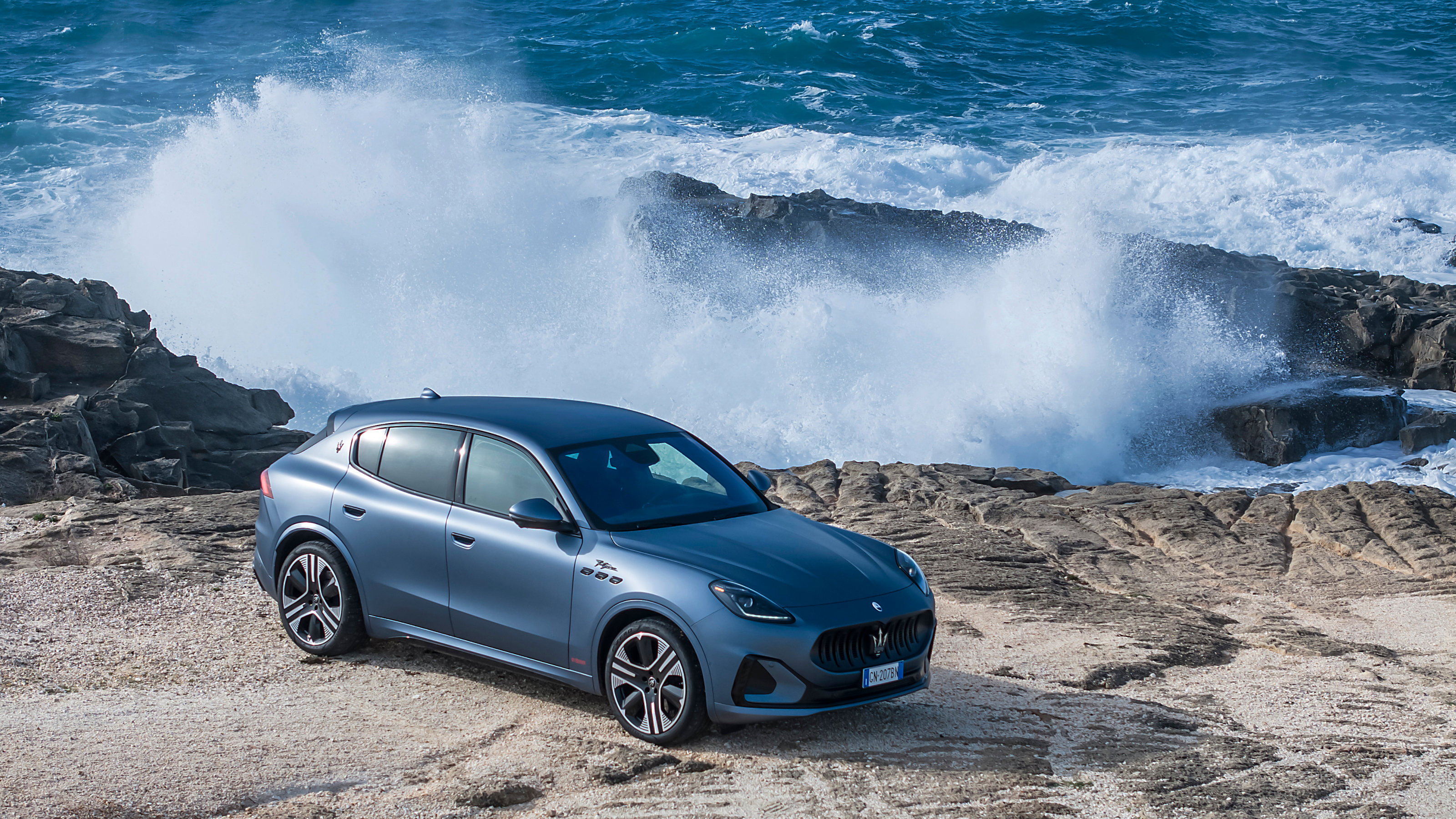 The new Maserati Grecale Folgore electrifies the model's exceptional qualities
The new Maserati Grecale Folgore electrifies the model's exceptional qualitiesPerformance, practicality and elegance come together in Maserati's first all-electric SUV, the new Grecale Folgore
By Jonathan Bell
-
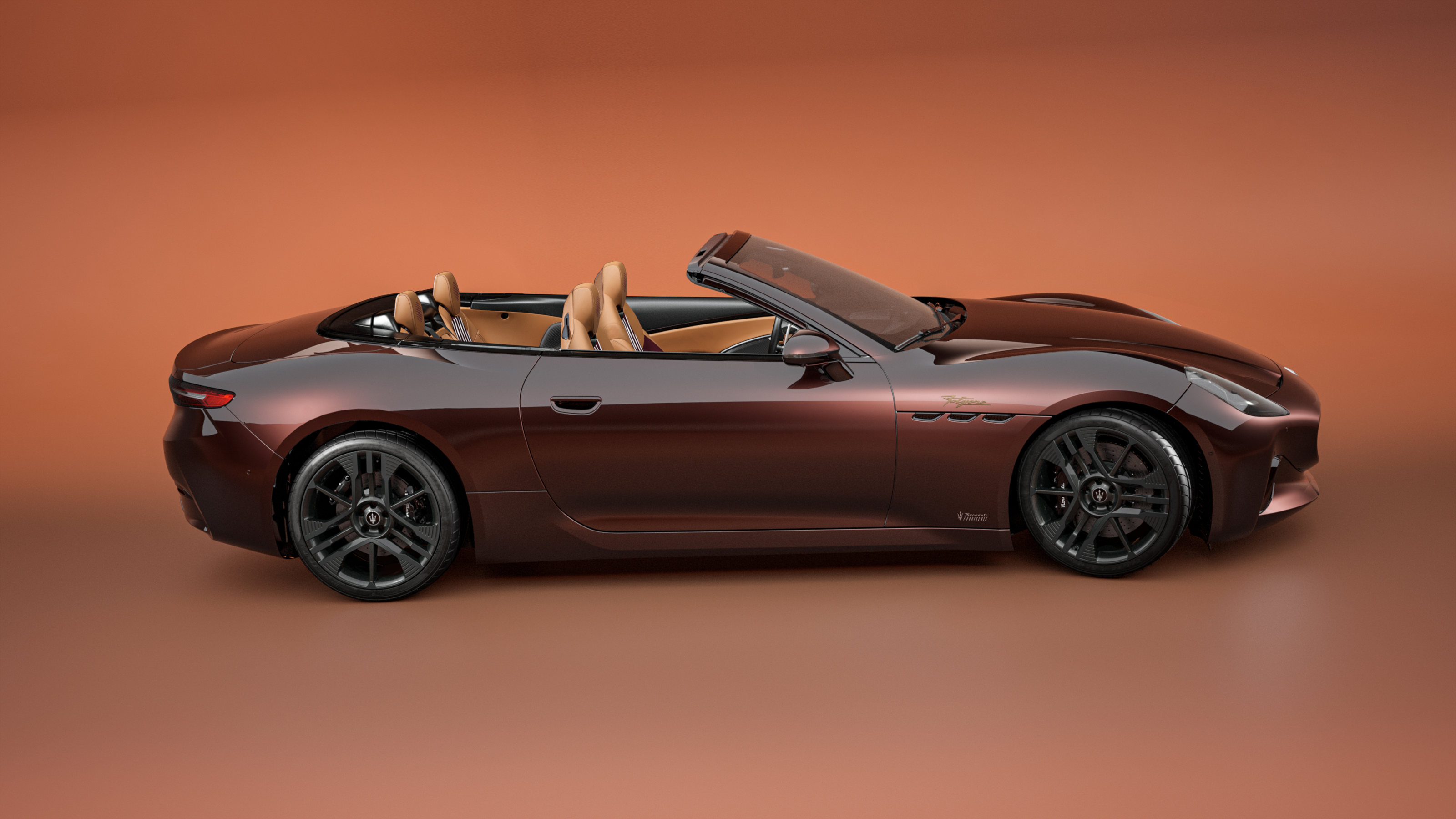 A unique electric Maserati marks a long-standing partnership with a legendary winery
A unique electric Maserati marks a long-standing partnership with a legendary wineryThe Maserati GranCabrio Folgore Tignanello Edition is a one-off celebration of Maserati’s bespoke division and the half century of Tignanello
By Jonathan Bell
-
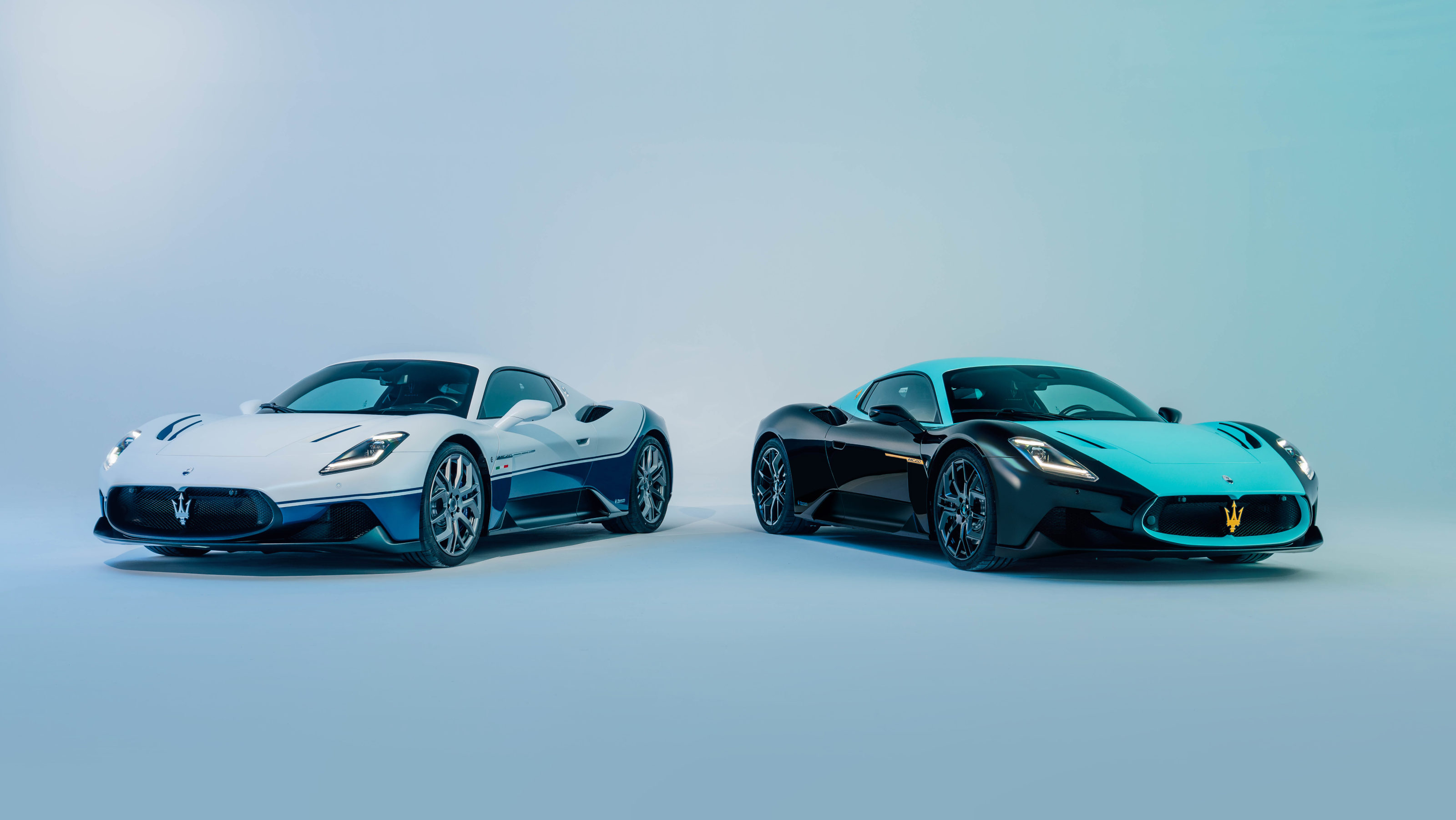 Meet two new Maserati MC20 supercars, the Leggenda and the Icona
Meet two new Maserati MC20 supercars, the Leggenda and the IconaThese Maserati MC20 special editions honour the company’s racing heritage and the 20th anniversary of the Maserati MC12 hypercar
By Jonathan Bell
-
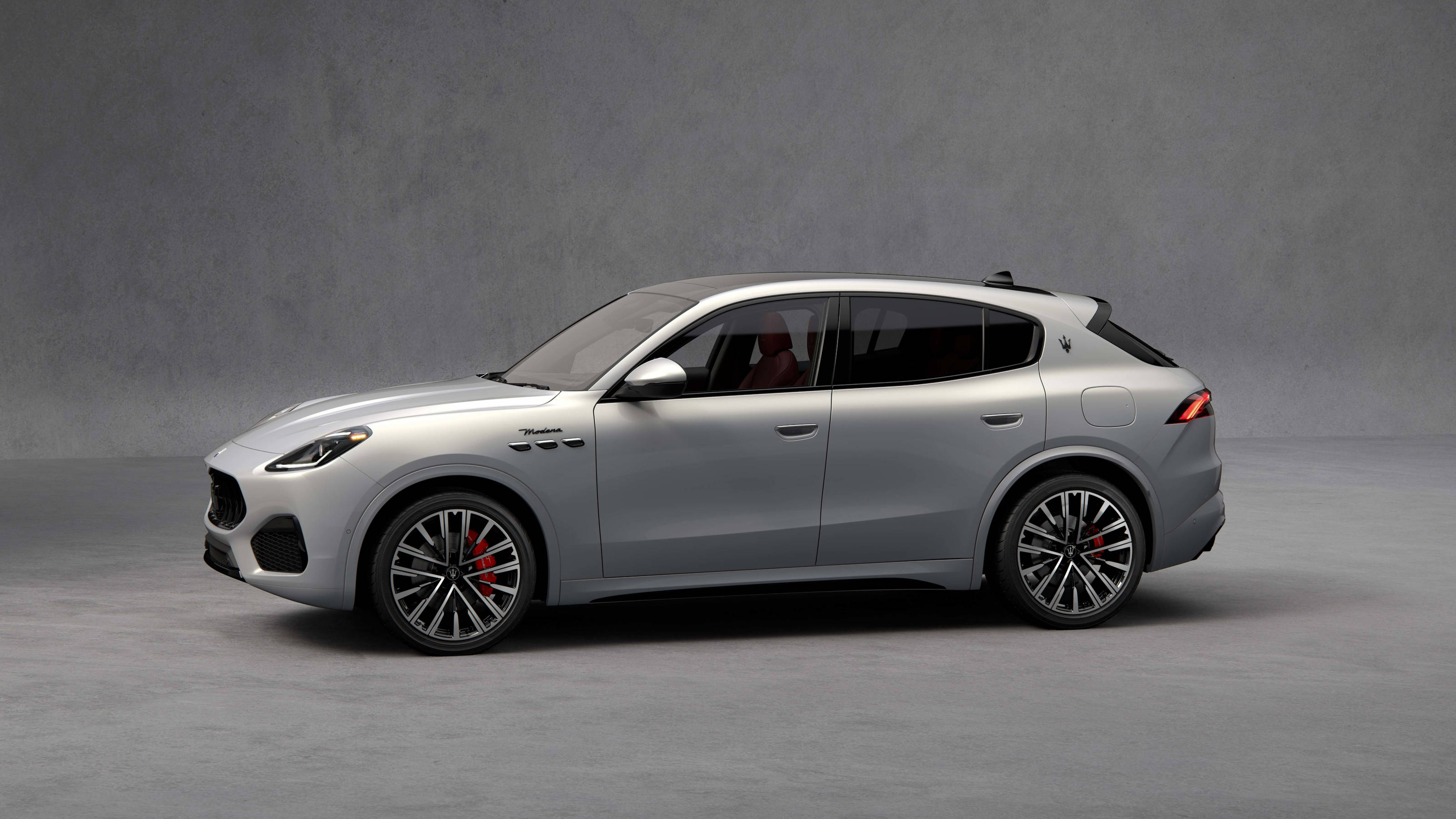 Maserati Grecale Modena hits the middle ground, an SUV for the badge-conscious
Maserati Grecale Modena hits the middle ground, an SUV for the badge-consciousThe Maserati Grecale Modena shows just how far a brand has to go to make an impact in the contemporary car market. How does it reflect on the Italian company’s long heritage?
By Jonathan Bell
-
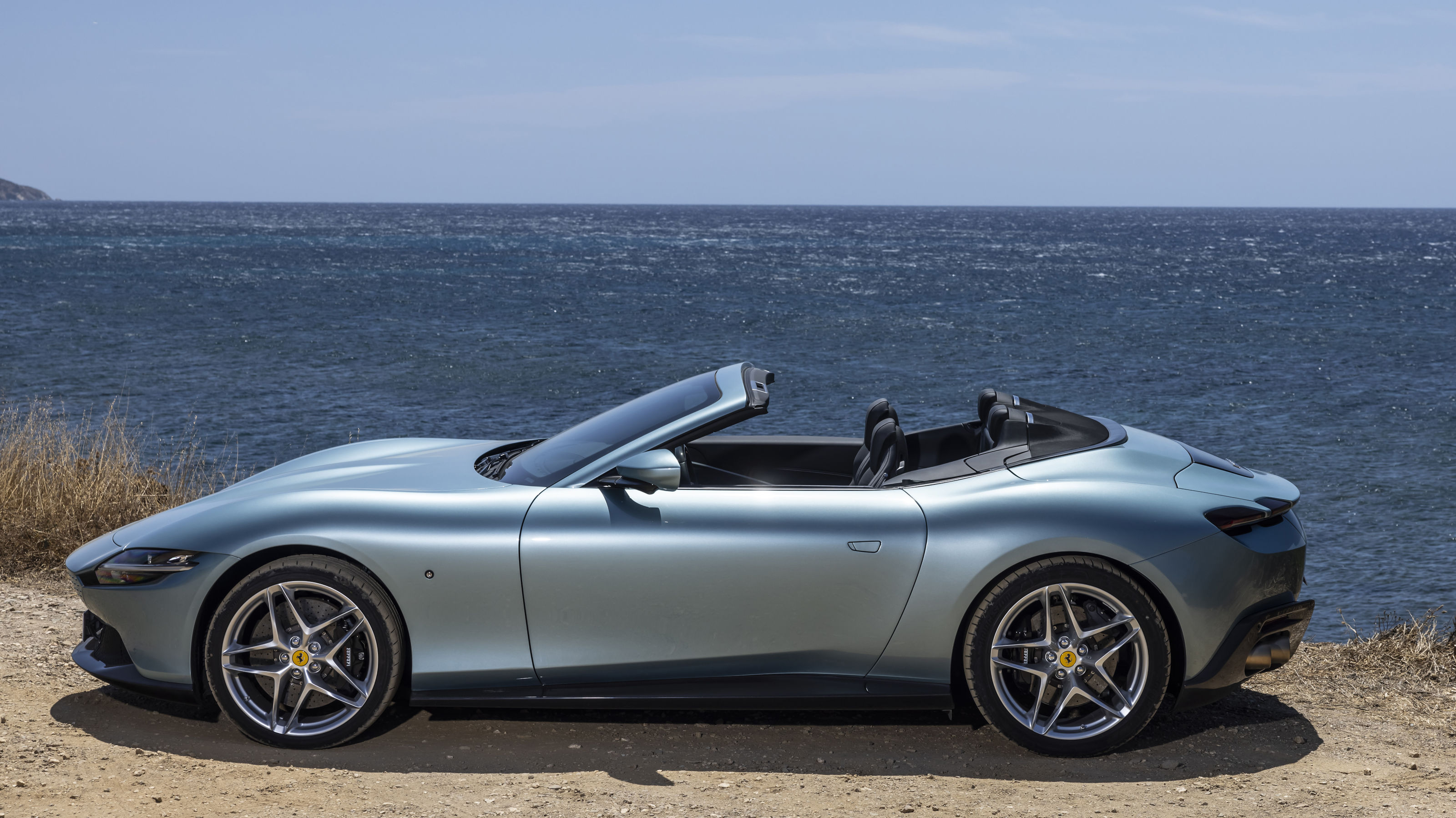 Year in review: the top 10 cars of 2023, as selected by Wallpaper’s Jonathan Bell
Year in review: the top 10 cars of 2023, as selected by Wallpaper’s Jonathan BellWhat were the best four-wheeled offerings of 2023? Transport editor Jonathan Bell takes us through the year’s most intriguing automobiles
By Jonathan Bell